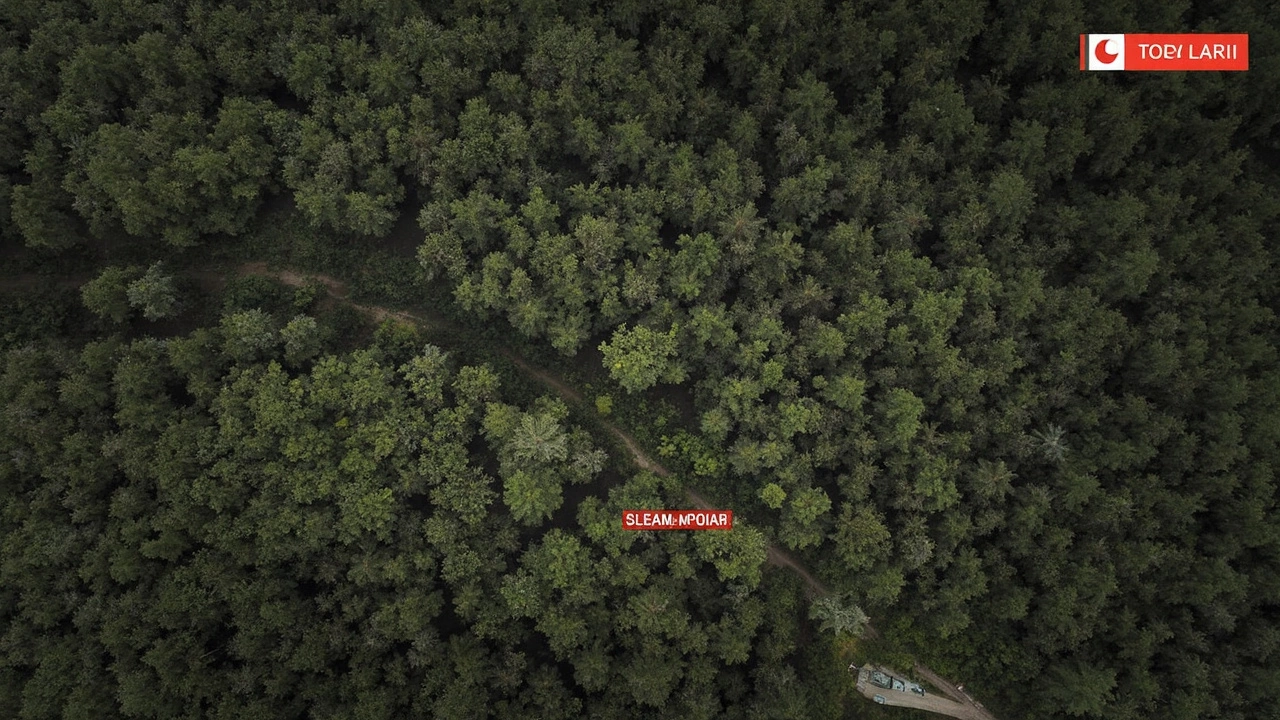Drone strike: what it is and why it matters
If you’ve heard the term "drone strike" in the news, you probably wonder what exactly is being talked about. In simple words, a drone strike is when an unmanned aerial vehicle (UAV) – a flying robot – drops a bomb or fires a missile at a target on the ground. No pilot is in the cockpit; the drone is controlled from far away, often from a command center in another country.
How drone strikes work
First, the military or agency picks a target using satellite images, intel, or on‑the‑ground reports. Then the drone flies to the area, hovers or circles, and the operator decides when to release the payload. Modern drones can see in real time through high‑definition cameras, infrared sensors, and even laser designators, which let the operator see exactly what’s below.
The whole process can take minutes or hours, depending on how far the drone is from the target and how quickly the decision‑makers give the go‑ahead. Because there’s no human on board, the aircraft can stay in the sky for many hours, loiter over a hotspot, and strike at the perfect moment.
Legal and ethical side
Drone strikes raise big questions. International law says any attack must be proportional and must try to avoid civilian casualties. Critics argue that remote operations make it easier to approve strikes without fully understanding who’s on the ground. Some governments have set strict rules, while others use more flexible guidelines. The result? A mixed record – some strikes hit the intended target, while others have caused tragic civilian deaths.
Public opinion varies a lot. Some people think drones are a precise way to take out dangerous militants without risking soldiers’ lives. Others feel the technology makes war feel distant and reduces accountability. The debate continues as the tech gets smarter.
Recent incidents you might have heard about
In the past few years, drone strikes have been reported in places like Yemen, Afghanistan, and parts of Africa. A notable case was a strike on a meeting house that unintentionally hit a wedding party, sparking worldwide criticism. Another incident involved a drone targeting a suspected weapons cache but missing, leaving a school building damaged. These stories show why accuracy and proper intel are so crucial.
What it means for civilians
If you live in an area where drone strikes happen, stay aware of local alerts. Governments sometimes issue warnings when a strike is planned, but they’re not always reliable. Keep evacuation routes clear, have a basic emergency kit, and know where the nearest shelter is. Most of the time, you’ll never see a drone up close, but it’s good to recognize the distant buzzing sound – that’s often a larger UAV cruising at high altitude.
Future of drone strikes
Technology is moving fast. New drones can carry more payload, make decisions with AI, and even swarm in groups to overwhelm defenses. Some experts say this could make strikes more precise, while others warn it could lower the threshold for using force. Governments are still figuring out how to regulate autonomous weapons, and public pressure may shape the rules for years to come.
Bottom line: a drone strike is a remote, weaponized flight that can hit a target quickly, but it comes with legal, moral, and safety complexities. Understanding the basics helps you stay informed, whether you’re reading a headline, studying security policy, or just curious about modern warfare.
Indian Army Rejects Claims of Drone Strikes Against ULFA-I in Myanmar
ULFA-I claimed Indian Army drones attacked its Myanmar base, killing senior leaders and cadres, but the Army firmly denied any involvement. Confusion and speculation surround the claim, with ongoing concerns about cross-border militancy and the use of advanced weaponry along the India-Myanmar border.





